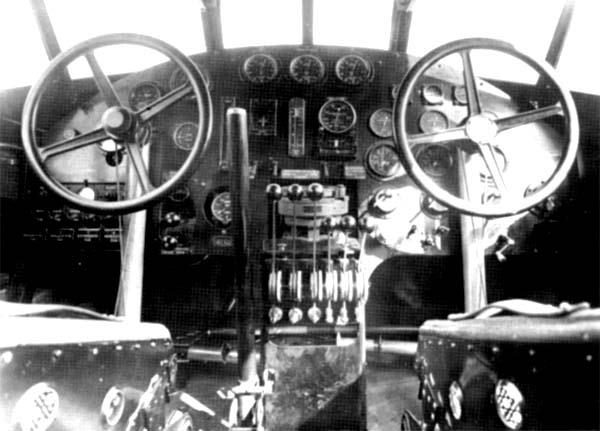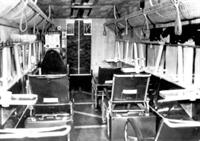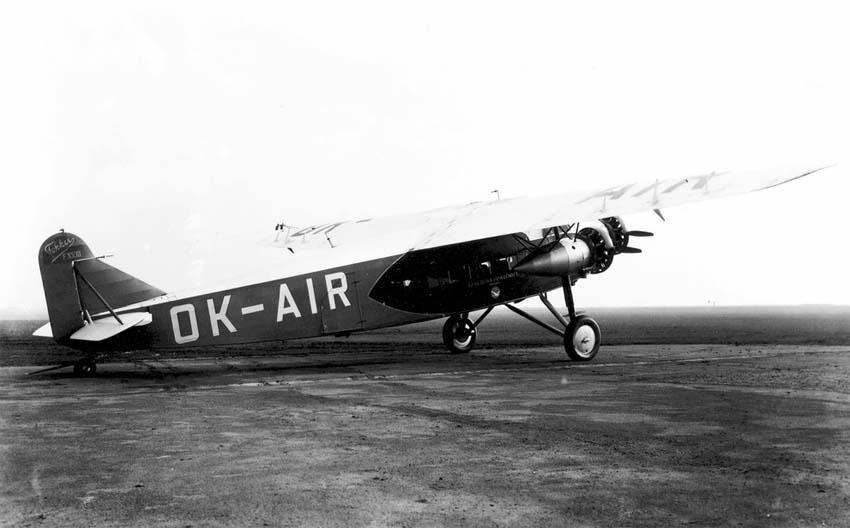The Fokker F.XVIII was an airliner produced in the Netherlands in the early 1930s, essentially a scaled-up version of the Fokker F.XII intended for long-distance flights. Like its predecessor, it was a conventional high-wing cantilever monoplane with fixed tailwheel undercarriage. Its cabin could seat 12 passengers, or four-to-six on seats convertible to sleeping berths. Used by KLM on its Amsterdam-Batavia route, the F.XVIII became celebrated in the Netherlands due to two especially noteworthy flights. In December 1933, one aircraft (registration PH-AIP, Pelikaan - "Pelican") was used to make a special Christmas mail flight to Batavia, completing the round trip in a flight time of 73 hours 34 minutes. The following Christmas, another F.XVIII (registration PH-AIS, Snip - "Snipe") made a similar flight to Curaçao in 55 hour 58 minutes after having been specially re-engined for the journey.
In October 1936, the F.XVIIIs were withdrawn from the service to Batavia, replaced by the Douglas DC-2. KLM sold two to ČSA who used them on its Prague-Vienna-Berlin route, and Pelikaan to Air Tropique, a front for the Spanish Republican government which used it as a transport during the Spanish Civil War. The two remaining aircraft, however, were retained by KLM for regional services in the Caribbean. One of these was the Snip, the other was PH-AIO, originally named Oehoe ("Owl"), but renamed Oriol ("Oriole") since the Owl was regarded as unlucky in the local culture. These machines remained in service until 1946, and the forward fuselage section of Snip is preserved at the Curaçao Museum.





| Type |
Airliner. Crew 2 - 4, 12 passengers |
| Engine |
3 Pratt & Whitney Wasp C |
| Dimensions |
Length 18,50 m, height m, span 24,50 m, wing area 84,00 m2 |
| Weights |
Empty 4620 kg, flying weight 7850 kg |
| Performance |
Max. speed 240 km/h, range 1820 km, sertvice ceiling 4800 m |
| Type |
Werk.Nr |
Registration |
History |
|
5311 |
PH-AIR, OK-AIR, D-AAIR |
NV Nederlandsche Vliegtuigenfabriek at Amsterdam3/10 1932. Sold to CLS. Czechoslovakia 28/1 1936 |


